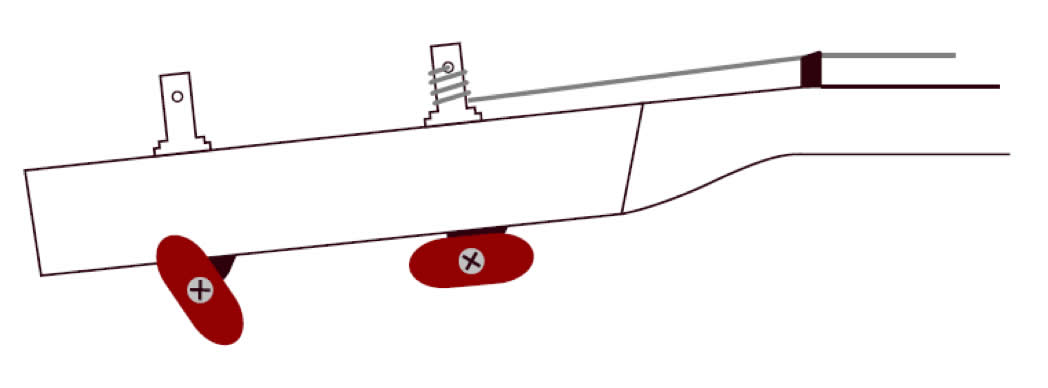care & re-stringing
We build our ukuleles to be played and enjoyed, so in general we advocate keeping them out of the case, and also taking them on trips that you might take.
However, there are a few precautions that we suggest you follow:
* if it is in the case, always keep the latches closed
* if you're not playing it, keep it on a wall hanger or floor stand
* if you live in a super dry climate (e.g., Las Vegas), keep it in a humidified atmosphere, or in the case with a humdifier
* direct sunlight/heat are about the worst thing for the instrument. Never keep it in a locked car or in direct sunlight.
Here's a video on caring for your custom ukulele if it has an oil finish:
Restringing
On the classic, you can safely remove & replace all the strings at the same time. On our resonators, you should only remove & replace one string at a time. This process helps ensure that the cone stays seated and that the saddle does not rotate, preserving intonation.

To restring, first remove the old string. Then tie the new string at the tieblock/bridge as follows:
* through the hole
* over the top of the tieblock
* around the string
* through the loop twice

Then pull the string up to the headstock. No slack is necessary. Bring the string over the nut and wrap it two times around the post of the tuning machine before threading it through the hole in the tuning machine. When viewed from the top, the strings go in a counter-clockwise direction on the two tuning machines on the left, and in a clockwise direction on the two tuning machines on the right.

Ensure that the string wraps in a way such that it goes down the post, not up, as it is wound tighter. If the string goes up the post, it will not put enough pressure on the nut and you will likely experience excessive string buzz & vibration.
This all sounds much more complicated than it is! Just take a look at one of your other strings and copy the way it is strung and you'll be fine.
Here are some YouTube videos that demonstrate:
Restringing Machine Tuners |
|
Restringing PegHed Tuners |
|
Restringing The Slotted Headstock Restringing string-through bridge |
Notes on Classic Ukuleles 08019, 29, 31, 33, 36, 40, 42, 45, 48, 55 & 58
Our earlier Classic Ukuleles have a bridge which requires a "stopper knot" at the end of the string.
 In order to preserve the integrity of the string, please use the Ashley Stopper Knot as shown in the diagram on the left.
In order to preserve the integrity of the string, please use the Ashley Stopper Knot as shown in the diagram on the left.